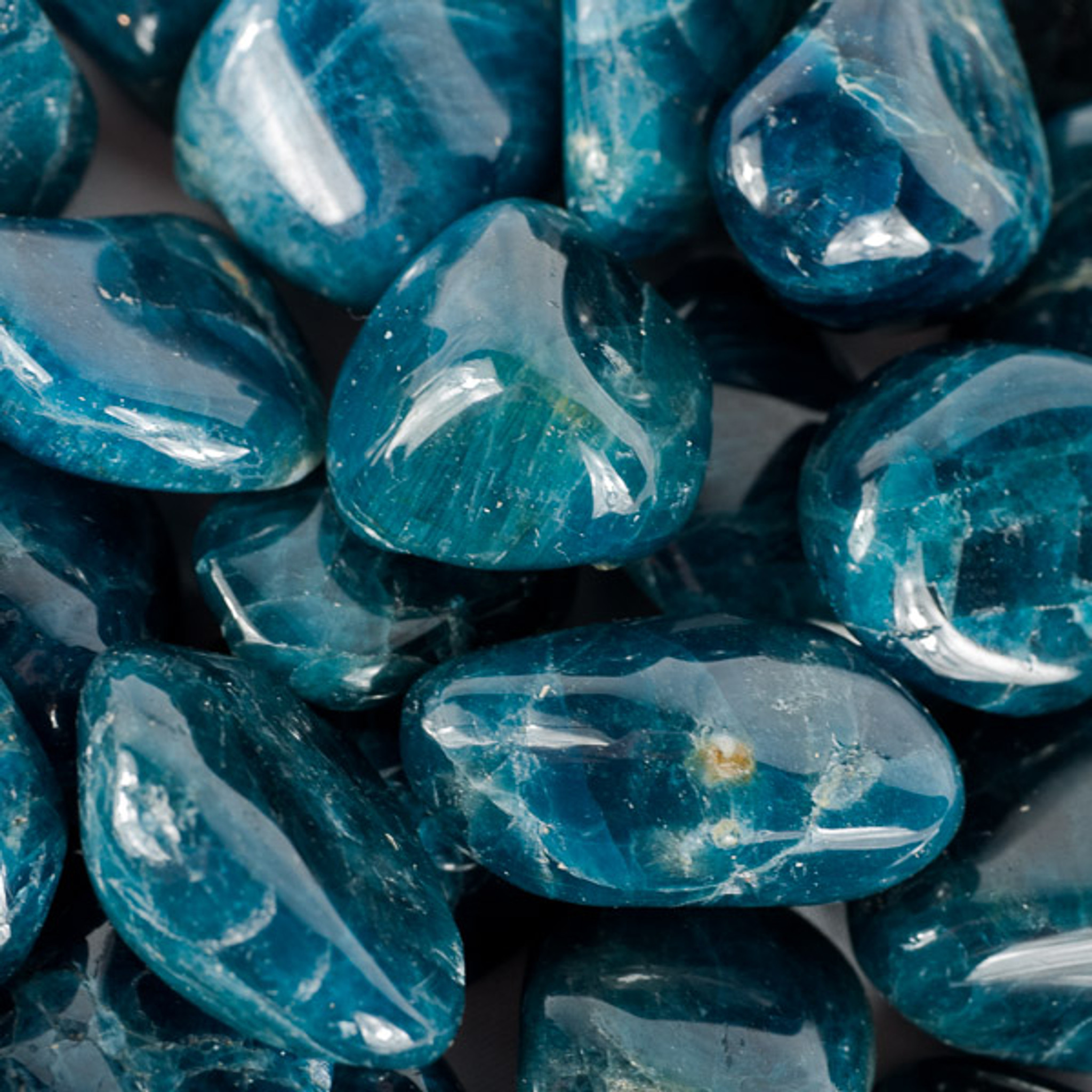Apatite is a natural gemstone that falls within the phosphate group. This stone is rich in mineral content. Its name is derived from Greek, indicating its ancient roots. Apatite doesn’t have a singular color – it showcases a spectrum including green, blue, yellow, and white, boasting a diverse appearance. The stone’s transparency is coupled with an opaque quality, making it a popular choice in jewelry and decorative items. The crystalline nature of Apatite sometimes manifests in the form of rock pieces, adding to its colorful and varied use. Besides its physical allure, it’s known for its positive impact on both mental and physical health, boosting the immune system and alleviating various health issues.
What Are the Benefits of Apatite?
The benefits of Apatite extend significantly into enhancing human health. Here’s how it helps:
- Facilitates weight loss.
- Spurs inspiration, enhancing skills and talent.
- Boosts self-confidence, eradicating feelings of inadequacy.
- Reduces laziness, making an individual more proactive and eager.
- Helps eliminate stress and depression.
- Improves focus and concentration.
- Strengthens the body, making it more robust and resilient.
- Enhances the strength of muscles and bones.
- Benefits individuals with high blood pressure by aiding in regulation.
- Lowers high fever.
- Has significant effects on stuttering issues.
What Is Apatite Used For?
Using Apatite can significantly boost one’s self-confidence, erasing doubts and fostering personal development. The stone battles laziness and apathy, propelling individuals towards their goals and fostering a sense of purpose. Those who use Apatite find relief from psychological stressors like depression, enjoying an improved state of well-being. Additionally, the stone’s inspirational quality unleashes creativity, offering motivation, determination, and a departure from idleness. Beyond mental benefits, Apatite is also effective against high blood pressure and fever. The key impact areas of Apatite include:
- Stress and depression
- High fever and blood pressure
- Stuttering issues
- Lack of confidence
What Does Apatite Mean?
The name Apatite is derived from the Greek word apate, meaning deceit or fraud, highlighting its communicative significance. Known as the stone of communication, it enhances interpersonal interactions, strengthening connections and fostering a deeper understanding among individuals. It symbolizes spiritual growth, pushing individuals towards a positive transformation by overcoming negative thoughts and fostering positive outlooks. Beyond its spiritual implications, Apatite acts as a relationship enhancer, bolstering the bonds between people and serving as a source of motivation and positive energy.
What Are the Properties of Apatite?
The properties of Apatite are primarily evident through its beneficial impacts on human health. Being a natural gemstone with significant effects on individuals, its attributes include:
- Consists mainly of phosphate materials.
- Derived from the Greek word “apate” implying deception.
- Exhibits colors ranging from green and brown to white, yellow, purple, and lilac.
- Has a moderate weight range, typically between 3.15 to 3.30 grams.
- Boasts a transparent appearance, with some stones being semi-transparent.
- Aligns well astrologically with Gemini, Virgo, and Sagittarius.
- Found in locations such as Brazil, Egypt, Israel, Russia, Germany, and Portugal.
How Can You Tell if Apatite Is Real?
Determining the authenticity of Apatite involves several methods, considering it’s a natural stone that’s vitally important to verify. The market is flooded with counterfeit versions of Apatite. A simple test involves wiping the stone with cotton dipped in acetone; if the cotton picks up any color, it indicates a fake. Conversely, no color transfer suggests the stone’s genuineness.
How Is Apatite Cleaned?
Cleaning Apatite should be done meticulously to avoid scratches. Careful handling is essential throughout the cleaning process. Use lukewarm water for optimal cleaning results, gently rubbing the stone under the water. After a thorough wash, dry the stone with a towel to remove any residual moisture, ensuring the stone remains pristine.
